-
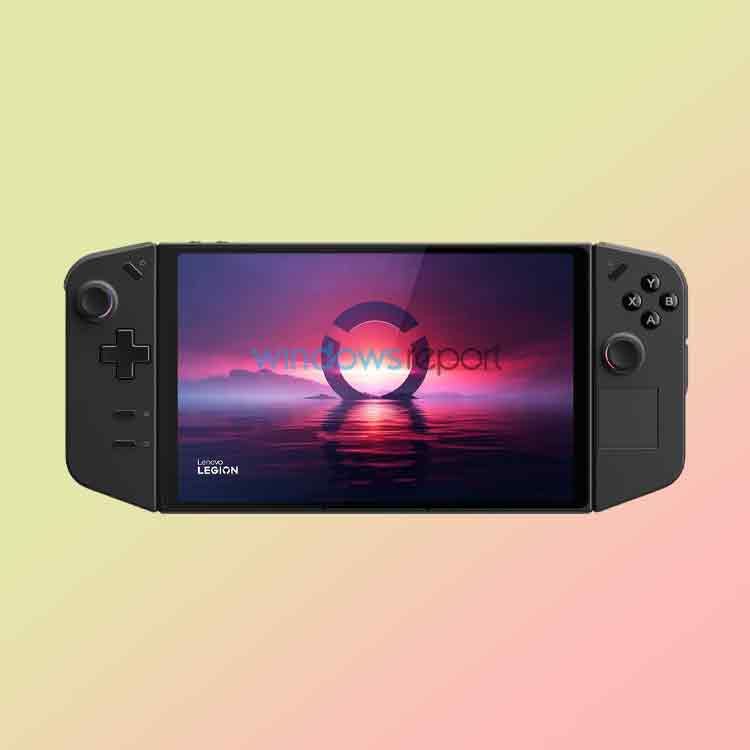
Windows Report / Lenovo
Lenovo Legion Go
Our top pick
The Legion Go is a newly released competitor to the ROG Ally. It has a high-spec screen, detachable controllers, and an FPS mode.
-
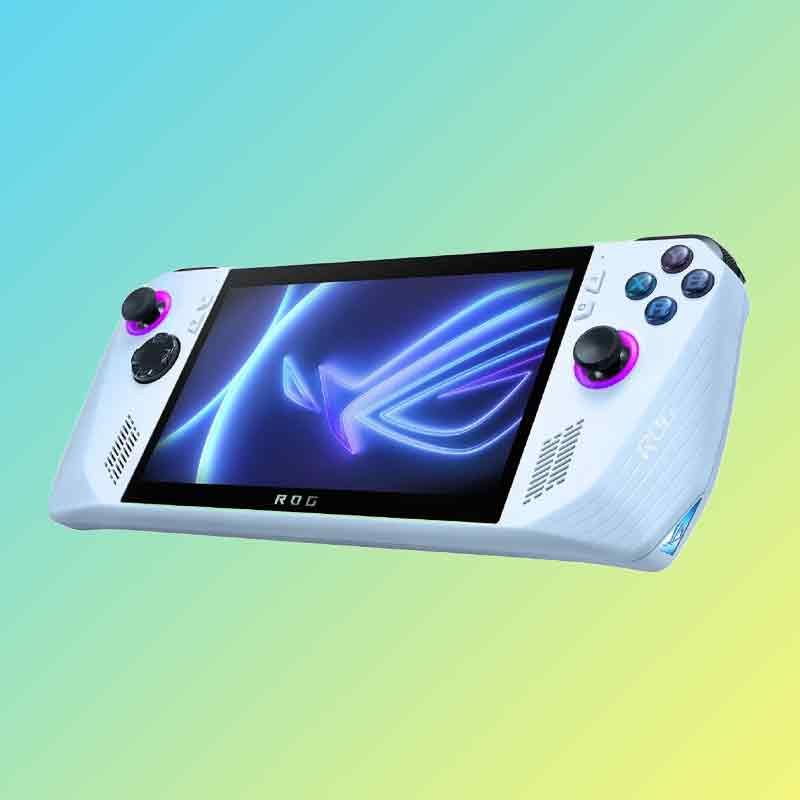
ASUS ROG Ally
Also excellent
The ROG Ally is a mainstay in the handheld gaming PC market because it offers great performance for the price, especially when it’s on offer.
The Lenovo Legion Go has finally launched, giving the handheld gaming PC market another product to chew on and evaluate. Its closest competitor in terms of target market and price is the Asus ROG Ally, so in this article, we’ll give you all the info you need to decide between the two handhelds.
Back in September, we got our hands on the Legion Go – a pre-production version, at least – and during the short time we spent with it we liked what we saw. We also liked the Asus ROG Ally when we tried that handheld console in June, and although we had concerns about the Windows 11 experience with the Ally, these concerns will apply equally to the Legion Go.
In other words, then, the Legion Go and ROG Ally truly are peas of a pod, making it vital that you compare them if you’re in the market for a handheld gaming PC. Let’s get into it.
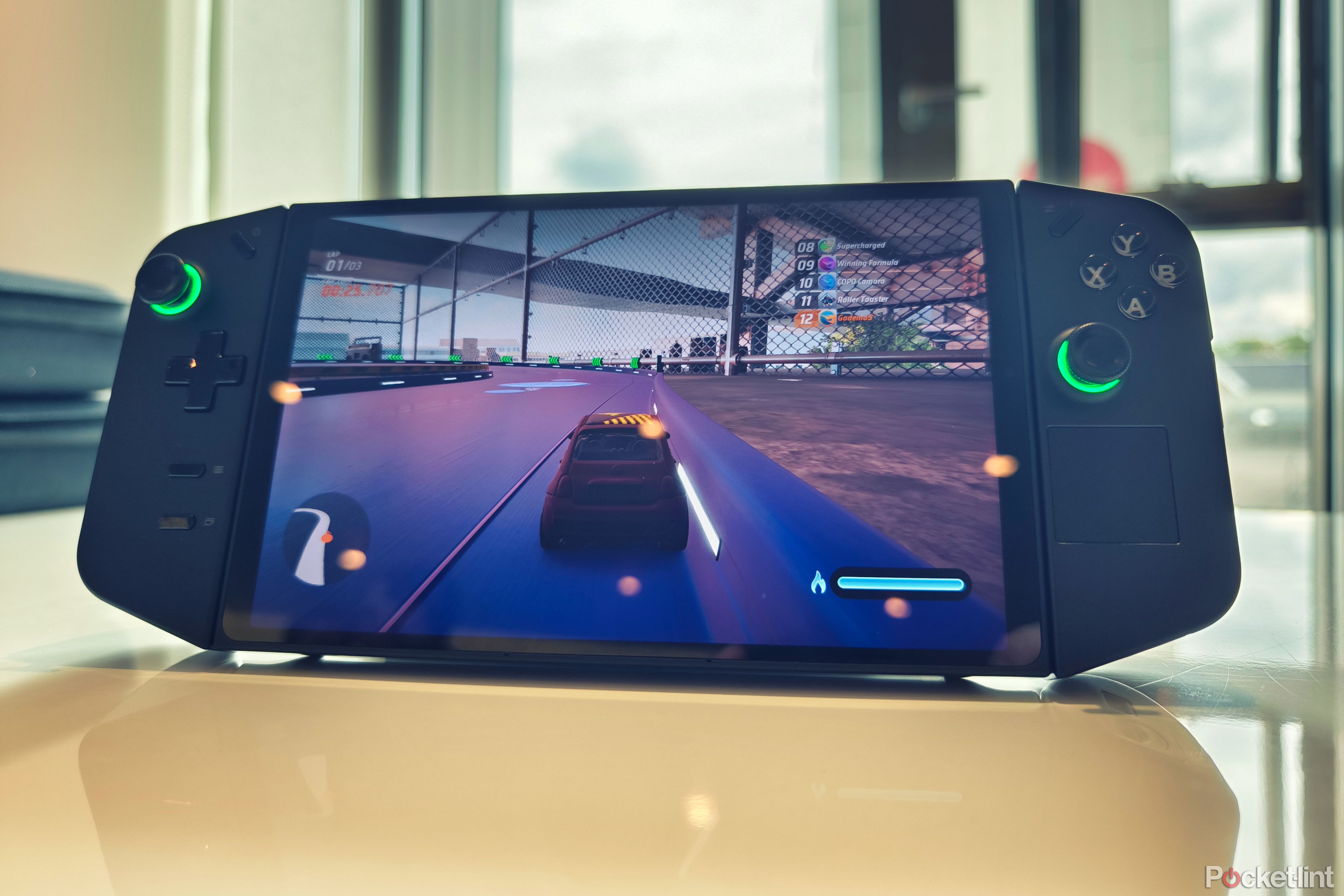 Price, specs, and availability
Price, specs, and availability
The Asus ROG Ally has been around since June 2023 when it launched for $699 MSRP. The Lenovo Legion Go, on the other hand, launched at the end of October 2023, also for an MSRP of $699. Both can be picked up from the manufacturers’ websites or Best Buy.
While both handhelds run an AMD Ryzen Z1 Extreme processor, with the Ally you can opt for the less powerful regular Z1 (non-Extreme) APU for $100 less. The regular Z1, however, performs much worse than the Z1 Extreme and makes other options like the Steam Deck a better choice.
We should also note that it might be more difficult to find SSD upgrades for the Legion Go than the ROG Ally because the former only supports new M.2 2242 SSDs while the latter supports standard M.2 2230 SSDs. This shouldn’t be an issue for most gamers, though, because you can get a 1TB version of the Legion Go for just $50 extra, making it less likely to need a storage upgrade.
-
Lenovo Legion Go ASUS ROG Ally Dimensions 299x131x41 mm 279×111.8×12.7 mm Brand Lenovo Asus Weight 854g 1.34 lbs (608 grams) Chipset AMD Ryzen Z1 Extreme AMD Ryzen Z1 Extreme RAM 16GB 7500Mhz LPDDR5X 16GB of LPDDR5 memory Storage Up to 1TB PCIe 4.0 512GB PCle 4.0 SSD, microSD card slot Display 8.8-inch IPS 7-inch IPS Output resolution 2560×1600 16:10 144Hz Full HD (1080p 16:9) touchscreen with 120Hz refresh rate
Design and display
The Asus ROG Ally and Lenovo Legion Go are quite different in terms of design and display. The long story short is that the Legion Go is a chunky, heavy, but more versatile machine, while the ROG Ally is a smaller, lighter, less versatile one.
While the Legion Go is bigger, it’s not uncomfortably so. In fact, it’s about the same size as the Steam Deck, but has a bigger screen (the Steam Deck’s real estate is taken up by wider left- and right-side control panels).
The screen really is a selling point for the Legion Go compared to the ROG Ally – it’s bigger, higher res, and has a higher refresh rate. Both are IPS panels, but 1600p is noticeably better than 1080p, and an extra 1.8 inches on the diagonal is fantastic for a handheld console. This being said, the ROG Ally’s display is no joke – it’s still better than the Steam Deck’s, for instance – it’s just that the Legion Go’s is that much better.
Another way in which the Legion Go shines is in its ability to detach its controllers just like the Nintendo Switch. It also has a kick-stand on the back so you can prop the screen up after detaching the controllers. This is what makes the Legion Go so versatile.
There is a drawback to the Legion, though, this being that it weighs substantially more than the ROG Ally – more than most handhelds, in fact. And while it’s not enormous, the extra couple of centimetres in width and height are noticeable when using the device. As always with handhelds, it’s a question of screen size and performance vs device size and weight. The Legion Go wins in the former respect, the ROG Ally in the latter.
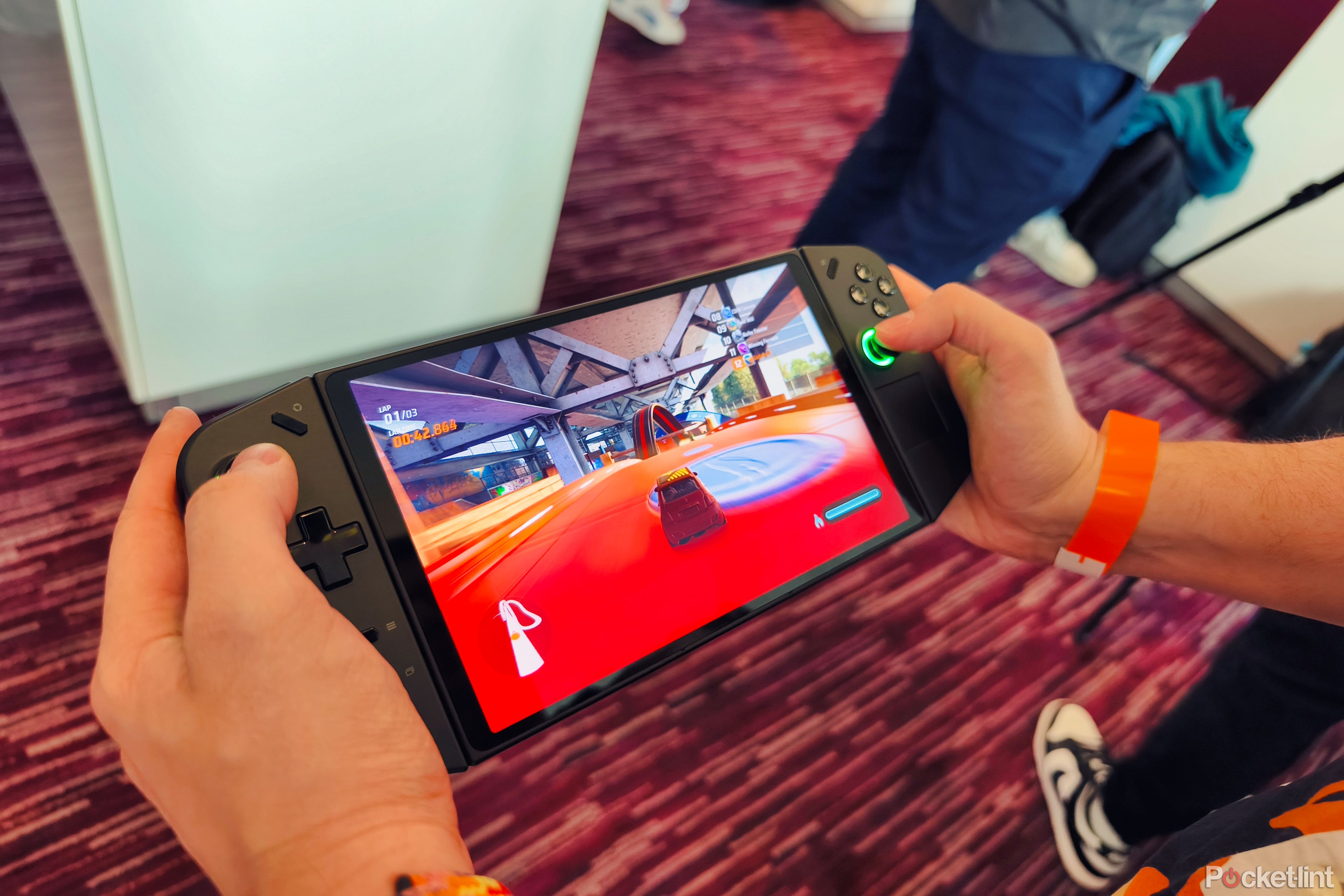 Controls
Controls
On the surface the controls of both the Lenovo Legion Go and Asus ROG Ally are similar. Both feature an Xbox-style layout with A, B, X and Y buttons, left-side DPAD, bumper buttons and triggers, and offset left and right-side analogue sticks. In other words, these handhelds are great if you’re used to Xbox controllers, while something like a Steam Deck is great if you’re used to PlayStation controllers.
That’s where the similarities end, though. Beyond this, the Legion Go has much more to offer in the controller department.
First, its controllers are detachable. This means if you fancy resting your hands in your lap while you game, you can still rest your console screen on something closer to eye level after flipping out its kickstand. (Unfortunately, though, the left and right sides don’t join together like they do with the Switch.)
Apart from this, probably the biggest advantage to the Legion Go over the ROG Ally is its “FPS mode”. This essentially lets you turn the right-hand controller into a bona fide mouse, which is especially useful for aiming in first-person shooters (thus the name). Simply slide it into the puck that comes with the device, turn the underside switch over to FPS mode, and the optical sensor turns on. Now, you can use it like a vertical mouse and start cracking those headshots.
FPS mode is, in my opinion, the most appealing feature of the Legion Go. Note that it isn’t only great for aiming in FPS games, but allows for easier browsing on the desktop, too. It even has a scroll wheel on the back. Sure, both the ROG Ally and Legion Go have touchscreen panels, but throwing a mouse into the mix never hurt anybody. Combine this with a keyboard connected to one of its two USB-C ports, or via Bluetooth, and you have a pretty capable little desktop PC.
Finally, having seemingly learned from the Steam Deck in a way the ROG Ally has not, the Legion Go has a touchpad under the right analogue stick, allowing for easier in-game or desktop mouse cursor movement. So even if you don’t have a surface to rest it on for FPS mode, general desktop use should be a lot smoother with the Lenovo Legion Go.
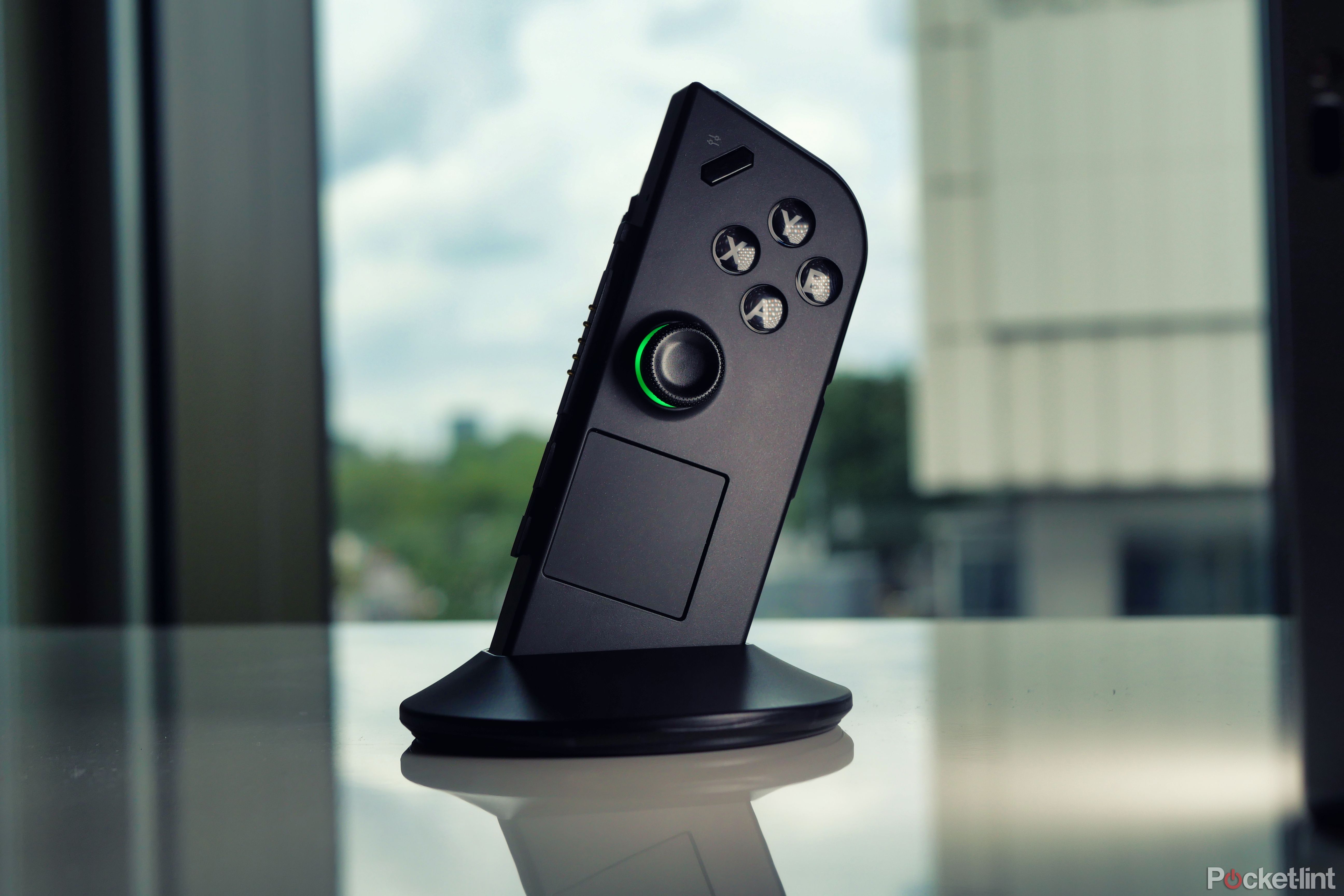 Operating system
Operating system
Both the Asus ROG Ally and Lenovo Legion Go run Microsoft Windows 11. They also use the same processor, so the desktop experience should be almost identical on both devices.
The choice to go for Windows rather than something bespoke like Valve did with its SteamOS has pros and cons.
If you’re a fan of simplicity and ease straight out of the box, Windows 11 on a handheld gaming PC might be a little too fiddly.
On the other hand, with a Windows device you get access to games without having to wait for devs to push out OS support. And, of course, you’re not restricted to any particular game client or platform, and this could save you money in the long run, allowing you to take your pick of all the latest game deals.
As a side note, one thing to consider is that it might be a little easier to navigate the OS with the Legion Go because of its bigger screen and the option to turn the controller into a mouse.
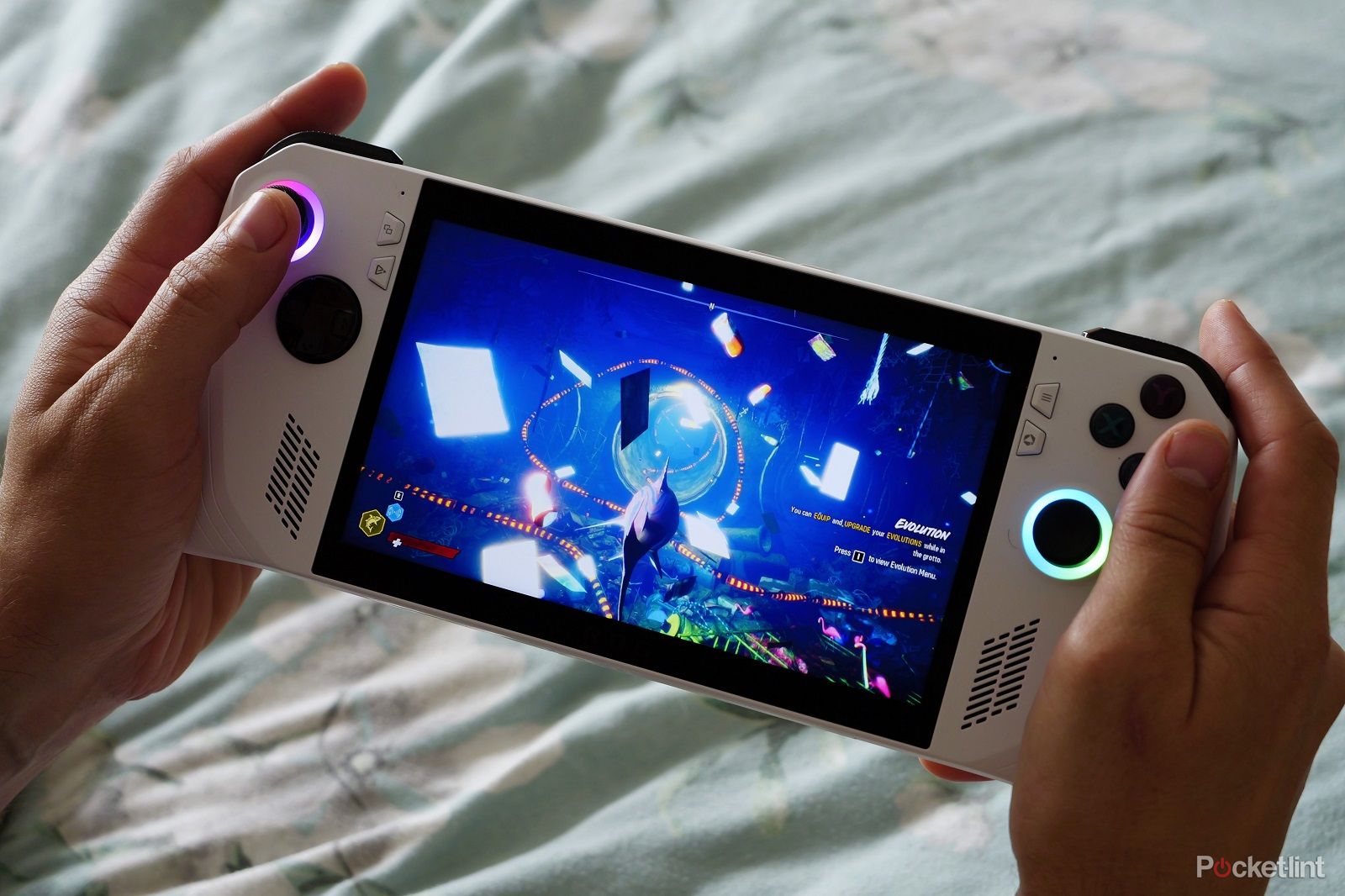 Hardware and performance
Hardware and performance
Providing we’re talking about the Z1 Extreme version of the Asus ROG Ally rather than the cheaper, regular Z1 version, both the Ally and the Go should perform similarly.
When we tested the ROG Ally, we found that the Z1 Extreme was capable of outperforming the Steam Deck pretty easily providing you run it at a high enough TDP and crank its power draw. But, of course, this will drain your battery quicker, and while the Legion Go’s battery has about 23% more capacity at 49.2Wh, at such a high TDP this extra capacity won’t make a massive difference.
The Legion Go has faster memory than the ROG Ally, but RAM capacity is the same for both consoles. In most games, the increased memory speed probably won’t generate much extra performance – maybe a frame or two here or there.
We should also note that while the screen is better on the Legion Go, its hardware might not allow it to make full use of that in every game. The Ryzen Z1 Extreme is a mobile chip, and its GPU should give comparable performance to a midrange gaming laptop from circa 2019 such as the GTX 1650.
In other words, with both devices you’ll probably end up lowering your resolution and in-game settings anyway to maintain a playable framerate in modern games, making the Legion Go’s higher resolution and refresh rate somewhat redundant for at least some modern titles.
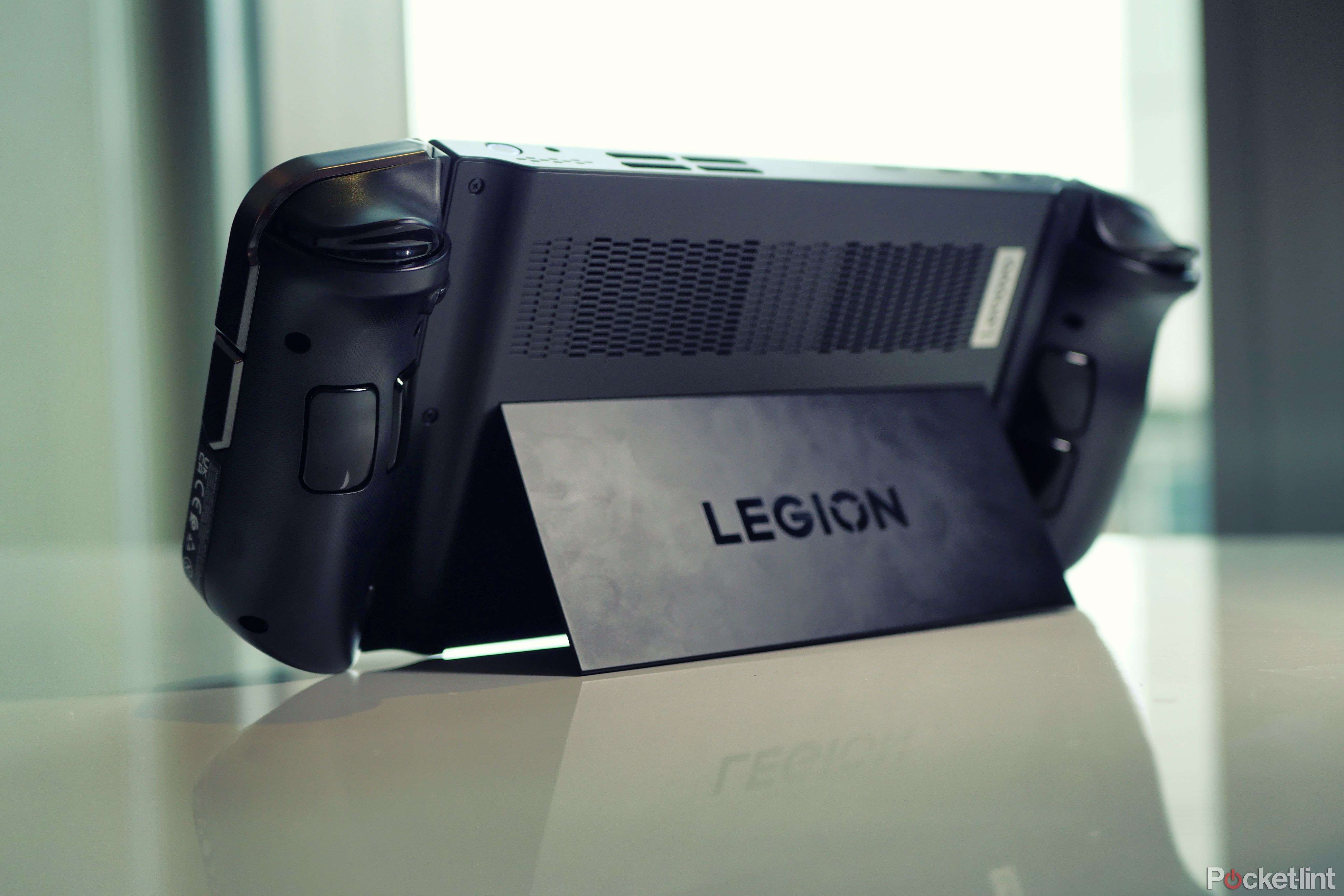 Which is Better: Lenovo Legion Go or Asus ROG Ally?
Which is Better: Lenovo Legion Go or Asus ROG Ally?
Given that the Lenovo Legion Go and Asus ROG Ally both have MSRPs of $699, unless you find it too heavy and unwieldy, the clear winner is the Legion Go.
All the drawbacks of the Legion Go – potential problems with Windows 11 on a touchscreen handheld, battery life when TDP is cranked, etc. – are also problems with the ROG Ally. All, that is, except its size and weight. If you’re worried about hand or wrist fatigue then the ROG Ally might be a better shout.
On the other hand, for this increased size and weight, with the Legion Go you’re getting slightly better hardware (thanks to the faster memory) and a much better screen. And while not every game will be able to make perfect use of this high-res, high refresh rate panel, it’s nice to have even for just browsing the internet or watching movies.

WindowsReport / Lenovo
Lenovo Legion Go
Editor’s Choice
The Legion Go is the best handheld gaming PC in its price bracket, thanks to its stellar hardware, high-spec screen, and versatility.
This general desktop usage is where I think the real value of the Legion Go lies. The additions of detachable controllers, a touchpad, two USB-C ports (for easier peripheral connectivity), and the ability to turn the right-side controller into a mouse by enabling FPS mode, make for a much more versatile and capable desktop experience.
This is no small thing, either. For $699, many users might want not just a great handheld gaming PC, but something that can also occasionally be used in place of a laptop when on the go, or perhaps just when sitting down at home away from the PC. The Legion Go is much better equipped to handle these diverse use cases, and for that reason comes out on top.
The Asus ROG Ally, however, is still a good alternative if you’re looking for something that’s good for your backpack, as it’s smaller and lighter and offers very similar performance.

ASUS ROG Ally
Good alternative
The ROG Ally is still a great handheld gaming PC in its price bracket. It performs better than other options like the Steam Deck, and is lighter and smaller than the Legion Go.
Trending Products

Cooler Master MasterBox Q300L Micro-ATX Tower with Magnetic Design Dust Filter, Transparent Acrylic Side Panel…

ASUS TUF Gaming GT301 ZAKU II Edition ATX mid-Tower Compact case with Tempered Glass Side Panel, Honeycomb Front Panel…

ASUS TUF Gaming GT501 Mid-Tower Computer Case for up to EATX Motherboards with USB 3.0 Front Panel Cases GT501/GRY/WITH…

be quiet! Pure Base 500DX Black, Mid Tower ATX case, ARGB, 3 pre-installed Pure Wings 2, BGW37, tempered glass window

ASUS ROG Strix Helios GX601 White Edition RGB Mid-Tower Computer Case for ATX/EATX Motherboards with tempered glass…











